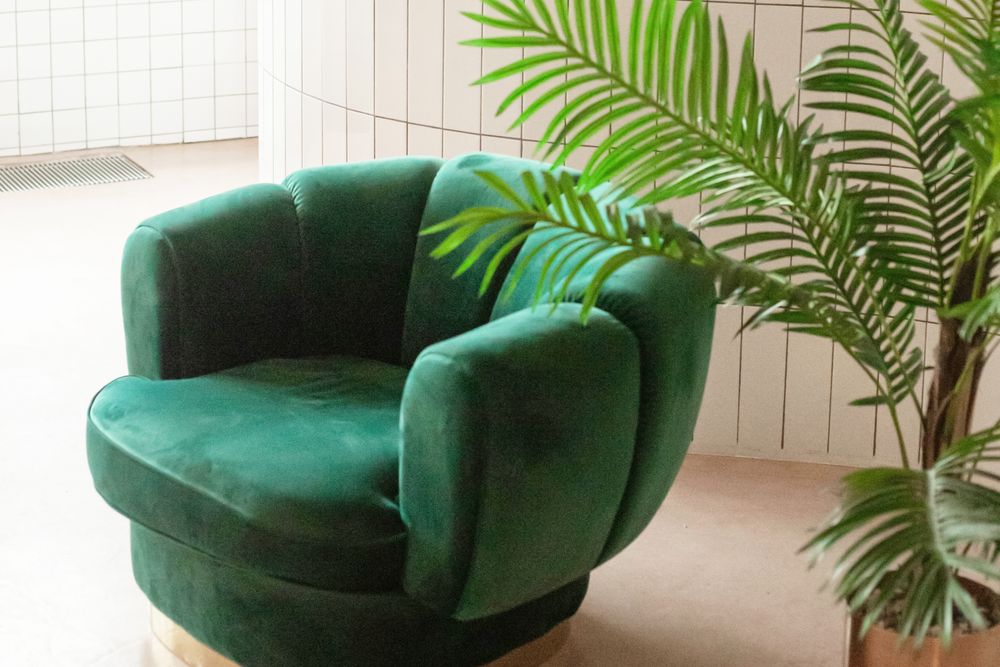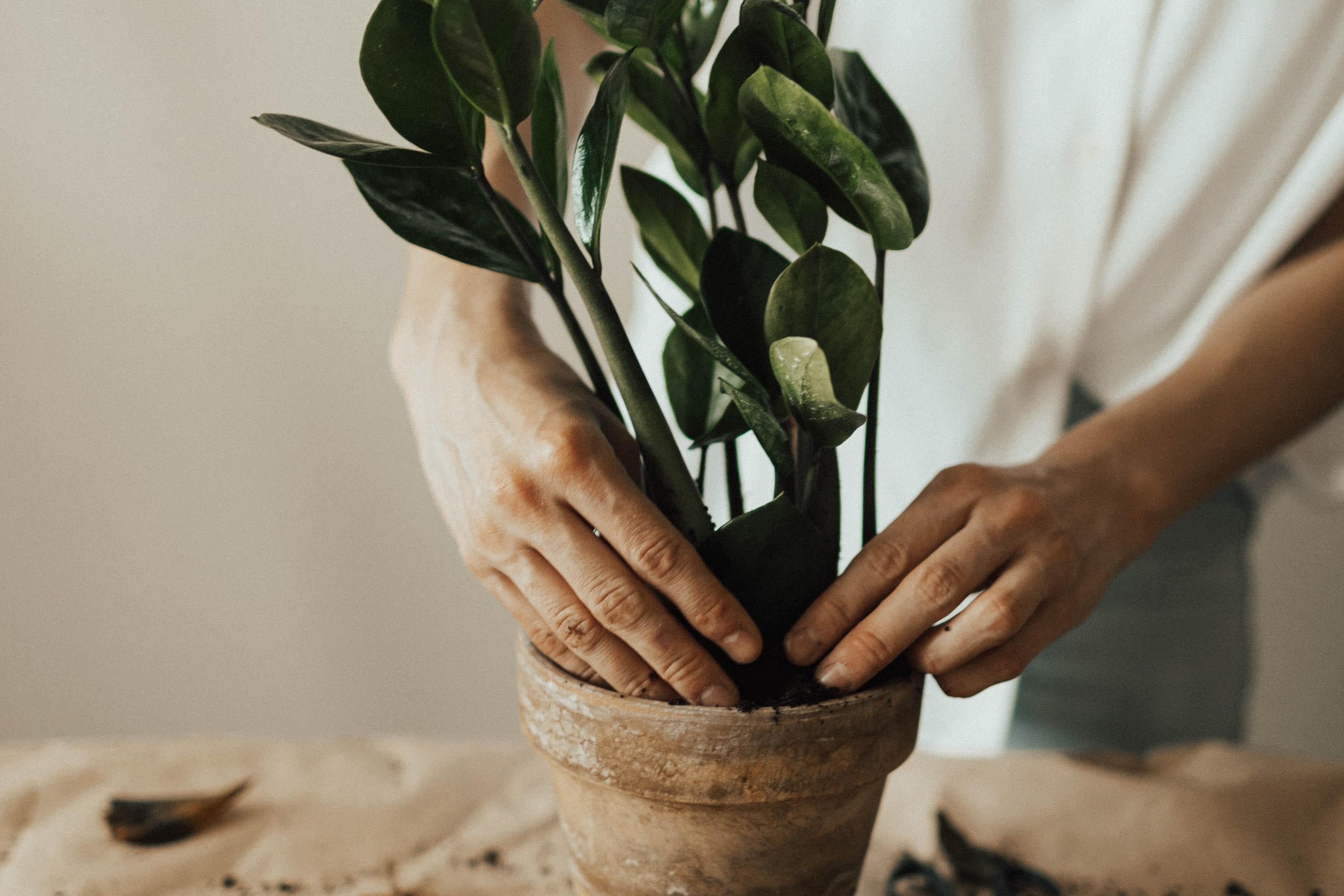How to Choose the Right Investment Property
Knowing what to consider before launching into your exciting investment property mission can be tough. We’ve composed our top tips to make sure your future investment ticks all the boxes to success.
January 29, 2020 • 6 min read

1. Think location, location, location!
No, not the TV show. Although it wouldn't hurt to binge watch some episodes, would it?
Location is everything. It can't be denied that a successful location will give you the best chance of succeeding in the competitive property market.
You want your property's suburb to have:
- Low vacancy rates and high rental yield - indicating a popular suburb for renters where the demand is greater than the supply
- Low 'days on market' average - for confidence that properties are selling fast in your suburb
- High auction clearance rates - as a high percentage of listed properties that successfully sell suggests a suburb is in demand
I'm sure you may have some dream locations in mind but it's important to remember good things can come to an end. Just as the deliciousness of a double-glazed chocolate sprinkle donut disappears with the last bite, that hot new suburb may not always stay as popular as it is now. Consider what developments and changes are in the works for your neighbourhood to make sure the local coffee shop is here to stay.
How? Get in touch with a locally-based real estate agent for the inside info. They'll be able to tell you about upcoming developments for the area or give you some info on school zoning. You could also look into the local council's website and annual report to see what they're looking to do over the short and long term.
2. Future success
You want to invest in the type of property that is in demand now and is going to be in demand in the future.
A good way to get a grasp of future demands is to look at past local tenancy trends (contradictory, I know). Our 7 tips for researching your first investment property guide goes into further detail on gathering tour data, but if you want to get started check out the Australian Bureau of Statistics for all your general stats.
If you're not an expert on the neighbourhood you're looking to purchase in - ask someone who is. Speak to locals, property managers, check advertisements and browse Realestate.com.au for trends like it's your favourite past time (if it's not already) and make sure your property is on the right track to meet future demand.
3. Proximity to the CBD or area of industry
By rule of thumb, the closer to the CBD the better - it's common for renters to want to be closer to the city especially if they're working there or nearby (and these properties are generally out of range for purchasing to live in). Areas experiencing increases in development and activity may also be an indicator of growing industries and service-based businesses that need to service this area. Living close to the city or an area experiencing growth (economic or industry) is very desirable to a lot of tenants and potential buyers. This essentially comes down to the easy accessibility to amenities to shed time off the morning commute - a feature that's hard to resist.
4. Transportation
Regardless of the location, it's critical your tenants can get around quickly and easily. Check out your property's walk score at www.walkscore.com and get a commute report to see options for getting around by car, bike, foot and public transport. This way you can make sure there are plenty of options to satisfy your tenant or future buyer.

5. Walkability
Just like general transportation, it's a good idea to make sure your investment property has strong connections to a village or precinct. Tenants want to be able to walk down the road for a coffee, take their dog to a local park or a quick visit to the shops. Again, use the property’s walk score to evaluate how close the property is to neighbourhood essentials. But don't just check the quantity, quality is just as important (what's the point in having a local coffee shop if it serves bad coffee?).
You want your investment property to be in close proximity to:
- Cafés - because brunch is a priority.
- Restaurants - because not everyone loves to cook.
- Grocery stores and shopping centres - because some people love to cook.
- Schools and kindergartens - for growing families (school zoning is important to consider).
- Universities (if it fits with your target demographic).
- Environment (parks, beaches and rivers) - because everyone needs to play.
- Community facilities (gyms, local pools, cinemas, town hall and function centres).
- Community events (local markets) - if you're lucky!
6. Target demographic
A suburb’s ‘vibe’ can heavily influence the kind of demographic your property appeals to. So make sure not only the dwelling type, but also the suburb, will satisfy your target demographic’s needs. You won’t have much success attracting Uni students to your investment property if you’re miles away from the university with no way of getting there.
7. Median price range
The amount you’re happy to pay for your investment property is unique to you and varies significantly from person to person. However, it is recommended that you consider something close to your chosen location’s median price range. Knowing the “going” rate of similar properties in your chosen area will give you a better understanding of how much you’ll be able to charge for rent and help you make a more cost-effective decision.
For example:
One home for $500,000 could charge $400 a week rent, but a $750,000 property in the same location may only be able to earn $500 in weekly rent. Will the extra $250,000 outlay be worth reducing your yield on the property?
8. House vs apartment
There is no clear winner when it comes to buying an investment apartment versus buying a house, but apartments do come with their own baggage. As with any good investment, you want to incur minimal costs so you’re not eating into your profits, leaving you more money for retirement! Unit blocks with additional facilities such as pools and elevators, while appealing, will usually result in higher strata levies (code name for ‘fees’).
For those opting to invest in an apartment, you’ll want to look for complexes with a mix of owner-occupiers and tenants in the building. You don’t want to buy into a building where all the owners are absent landlords who don’t put as much love and care into the upkeep of the building as an owner who is living in the building would.
9. New vs existing
Everyone loves shiny new things but don’t get too hung up on buying brand new. Period properties are in surprisingly high demand due to their rarity. You can have some serious success in buying an ugly duckling that has good bones but just needs some TLC (you can get a building inspection to be sure you’re onto a winner). Proof is in the power drill, the “house flipping” craze is here for a reason!
Keep in mind that roughly 60-70% of the value of an investment property is in the land, but with newer apartments the value comes from the newness of the apartment (which will depreciate over time). You might be better off buying an older (or should we say more mature) art deco apartment than a new, shiny apartment in a big complex.
10. Positive capital growth
Get your hands on property reports to show the property’s past capital growth so you can compare and evaluate – you want your property to have high capital growth.
Get your hands dirty and look for ways to improve capital growth. Does your property have room for improvement? Consider whether you can add on another bedroom, do up the kitchen, or splash on a simple(ish) fresh coat of paint for some potential monetary benefits (just stick to your budget!).
Fun Fact: you can use home equity to fund your renovation.
11. Liveability
Love where you(r tenant) live(s). Whilst you won’t be living there, you still need to make sure your property is appealing and livable (at least in the eyes of your target market). Be careful not to get emotionally attached, the tenant should constantly be at the forefront of your mind and emotions may be destructive to this vision (as they say, you’re not you when you’re hungry).
You want your property to have:
- A functional floorplan that flows in alignment to your target individual’s needs.
- Maximal natural lighting and the correct aspect to achieve this at all times of the day.
- Appropriate parking.
- A moderate to low maintenance schedule.
- A welcoming façade and first impression. Make sure you’re not the best house on the worst street – people care a lot about their neighbours!
So, now that you have a long list of things to consider when purchasing an investment property, you’re ready to invest like a pro. Follow our tips and have confidence that you won’t forget any critical keys to success. Once you’ve found the one, you can find out what’s next by reading our home loan guide ‘You’ve found your dream home, now what’.




